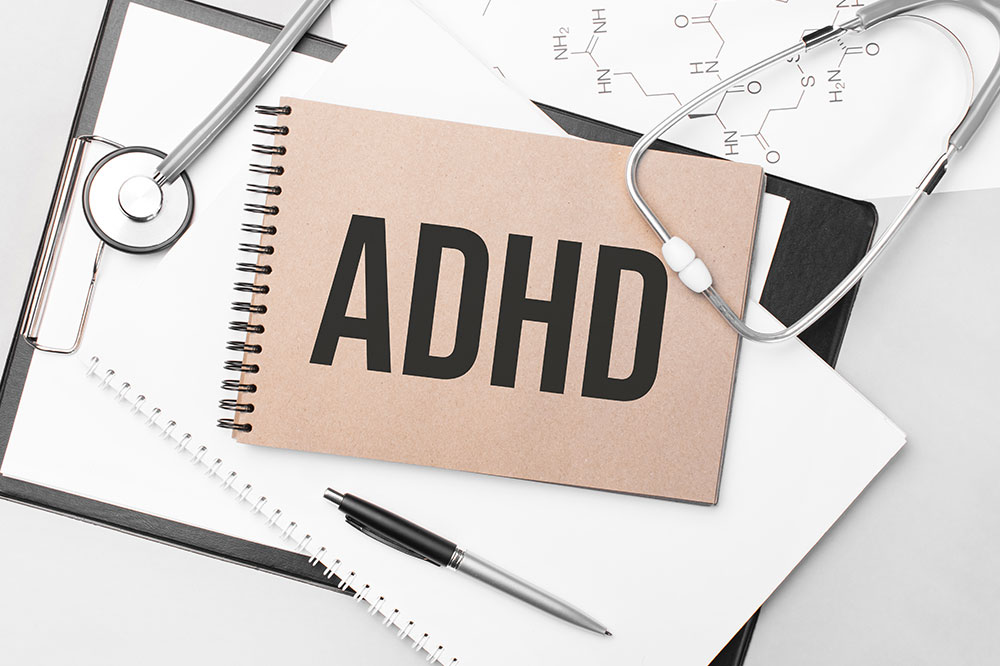5 signs of weakened immunity due to excess sugar consumption

Food is fuel for the body. What one eats and drinks throughout the day directly impacts their metabolism, digestion, and cognitive function. For example, excessive sugar intake can wreak havoc on your health. The body has to maintain a delicate balance of vitamins and minerals extracted from these foods to boost overall immunity. And evident physical and psychological signs indicate these requirements are not being met. Here are five signs of excess sugar intake that impact overall immunity:
Problems with appetite
Sugar is an empty calorie, meaning the body does not benefit from consuming refined sugars in any way. Instead, to compensate for the low-quality calories consumed, one must eat more to fill up and remain satiated for longer periods. An increase in daily food consumption without proper nutritional balance is a clear sign of excess sugar intake and poor immune function. Excess sugar dramatically impacts the body’s metabolic responses, boosting immunity as well. And the extra calories add to the body’s mass, further increasing the risk of diabetes, high cholesterol, blood pressure problems, and more.
Fatigue
One of the major signs of low immunity is fatigue. And the body cannot fight off common infections and diseases with a compromised immune system. Excess sugar intake is the major culprit behind fatigue developing out of the blue. Sugars are digested by the body quickly in comparison to other foods. So, the short burst of energy is not enough, leaving the body in a state of crash. Low energy also increases the craving for more sugary foods and beverages.
Changes in mood
Foods and beverages consumed have a deep impact on one’s psyche as well. This happens due to imbalances in hormones and chemical messengers in the brain. For example, sugar provides a short burst of energy, and the metabolism processes these sugars. But after this, you feel tired and more irritable, on edge, or stressed. The sudden crash in energy levels directly impacts blood glucose, which causes impairment in cognitive functions. Most people continue to consume sugar to improve their mood, but this only triggers serious hormonal imbalances.
Breakouts and skin problems
Blood glucose plays an important role in maintaining skin health. Sugar affects the functioning of two important compounds in the skin called collagen and elastin. These compounds, when combined, make the skin soft and smooth to the touch and help maintain a glowing texture. Sugar causes the collagen to break down, making the skin stiffer and losing elasticity. This will lead to premature aging in the form of signs like fine lines and wrinkles. Excess sugar also triggers a blood glucose imbalance and disrupts insulin resistance, triggering acne breakouts on the face or over the body. These are clear signs that excess sugar affects the body’s natural defense mechanism for maintaining health.
Constipation
Products high in refined sugars are also low in fibers that help with bowel movements. This can trigger chronic constipation, directly impacting a person’s overall immunity. Everything is linked to the imbalance in blood glucose levels triggered by excess sugar intake. Further, sugary foods don’t have good vitamins or minerals that the body needs to support essential functions like digestion. So nutritional deficiencies also trigger problems like constipation as the body’s digestive organs cannot support the breakdown of foods.






